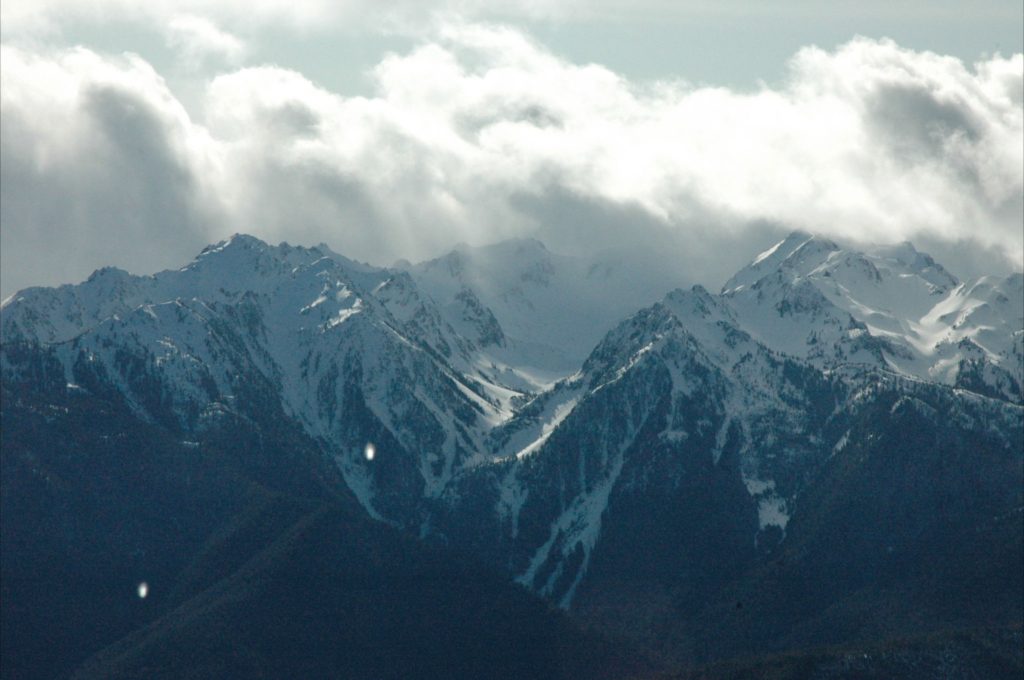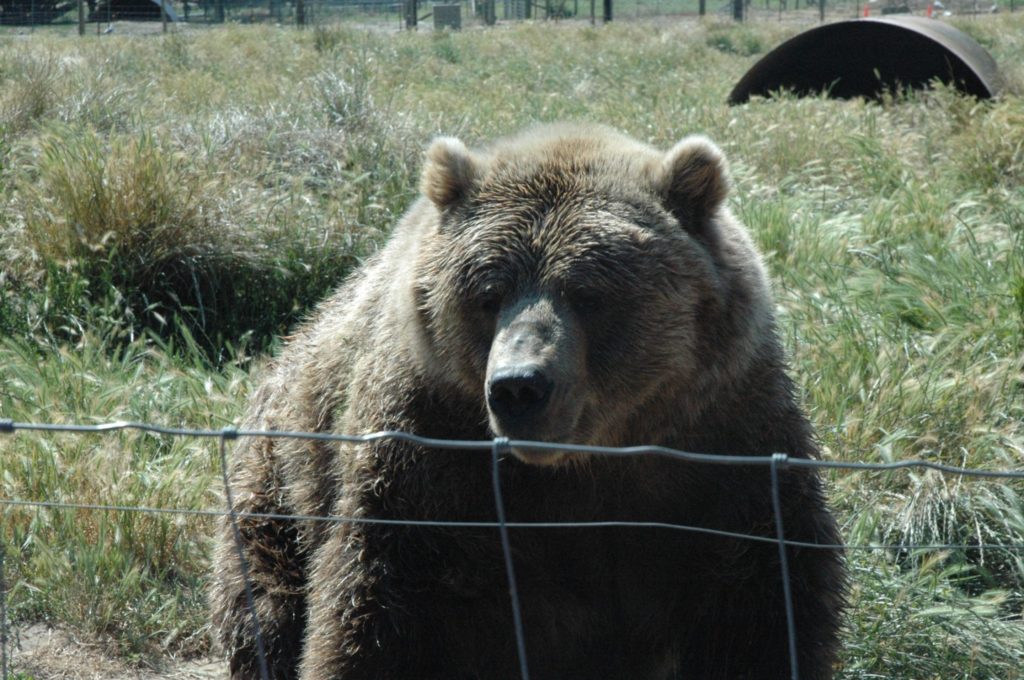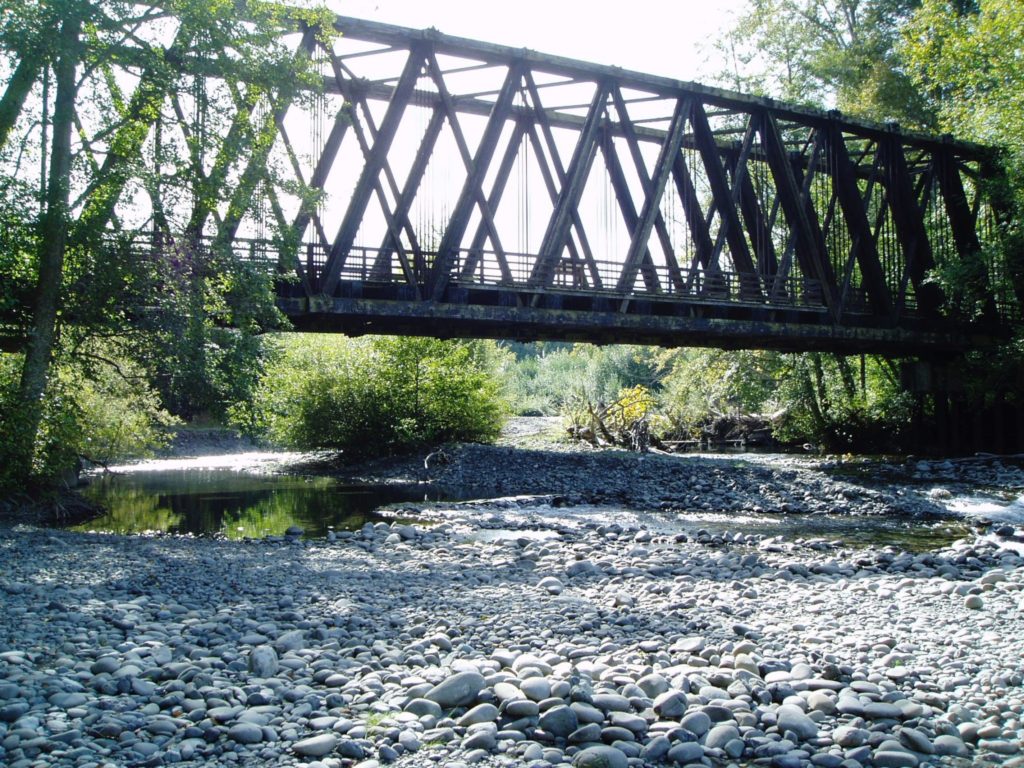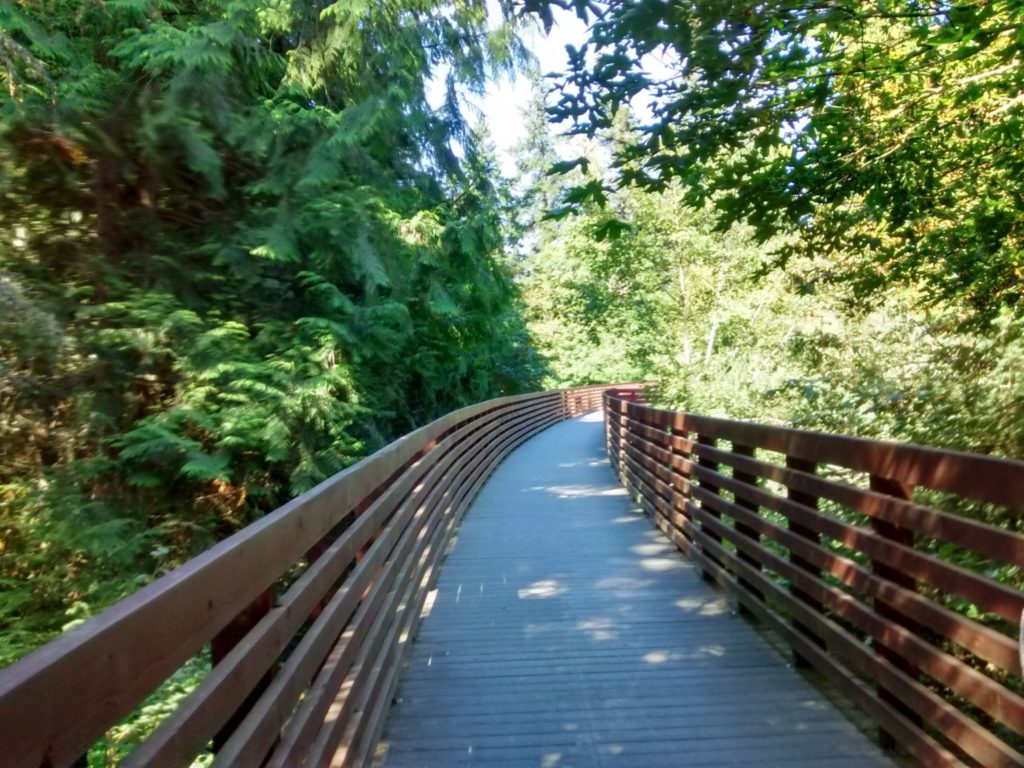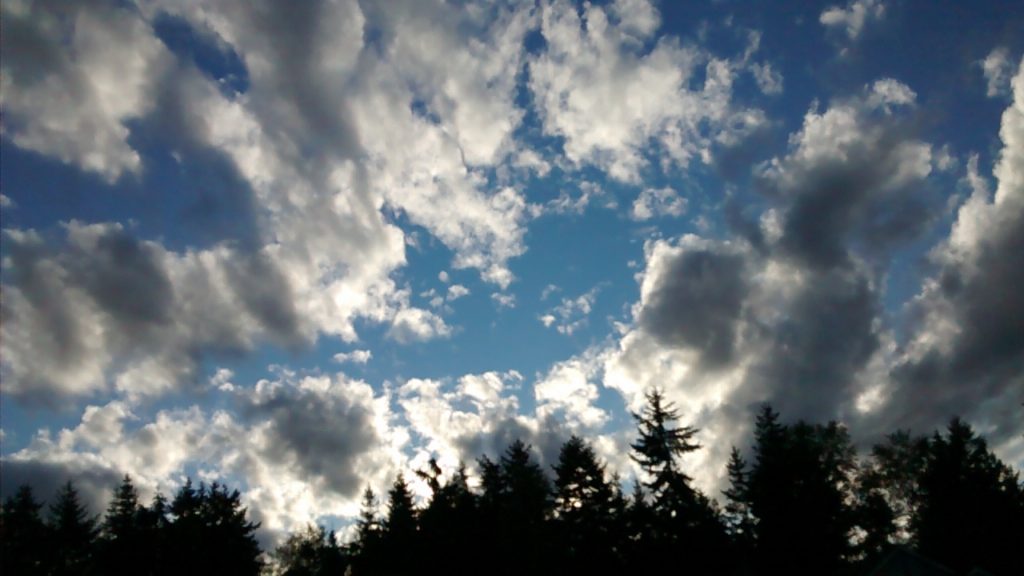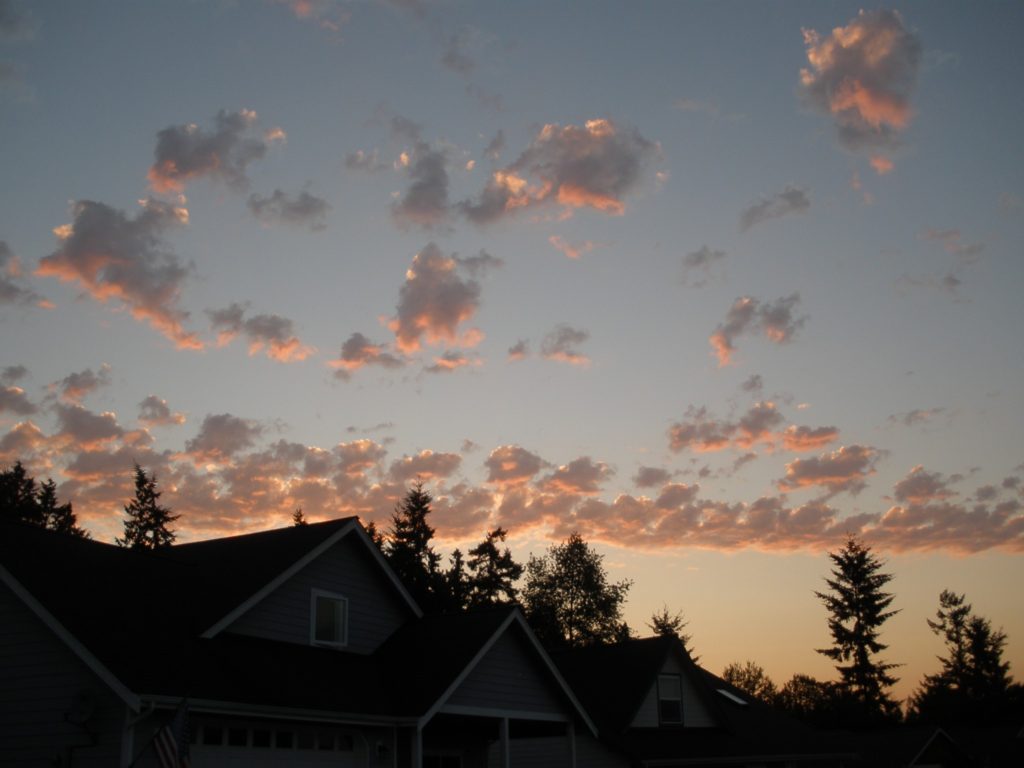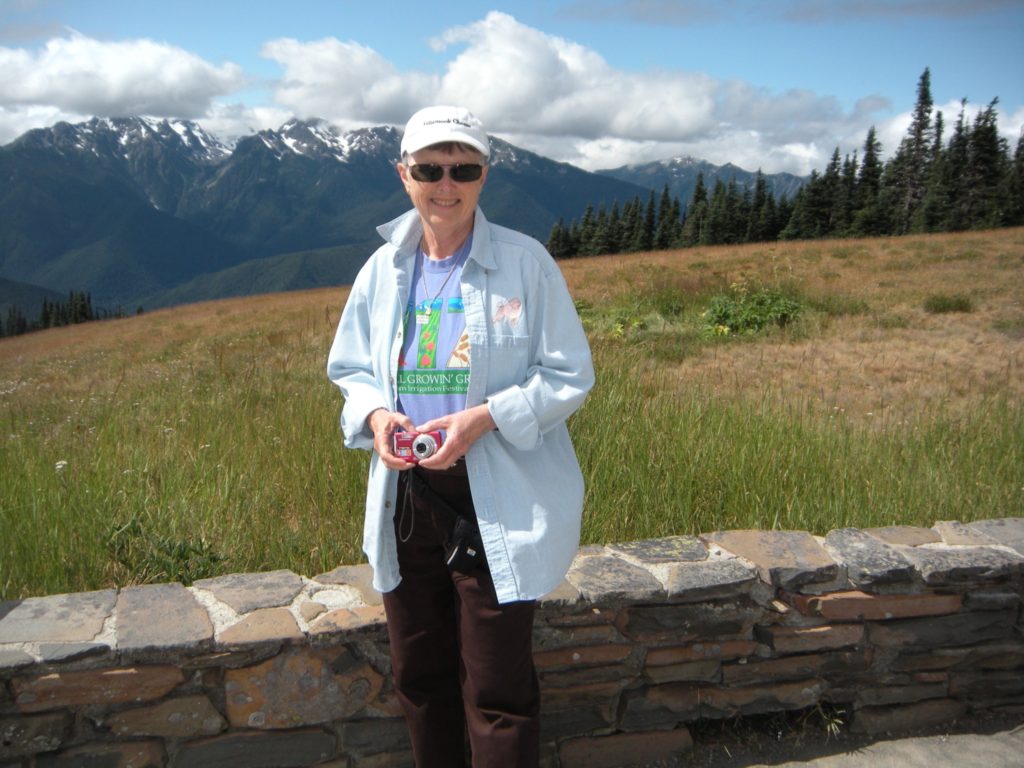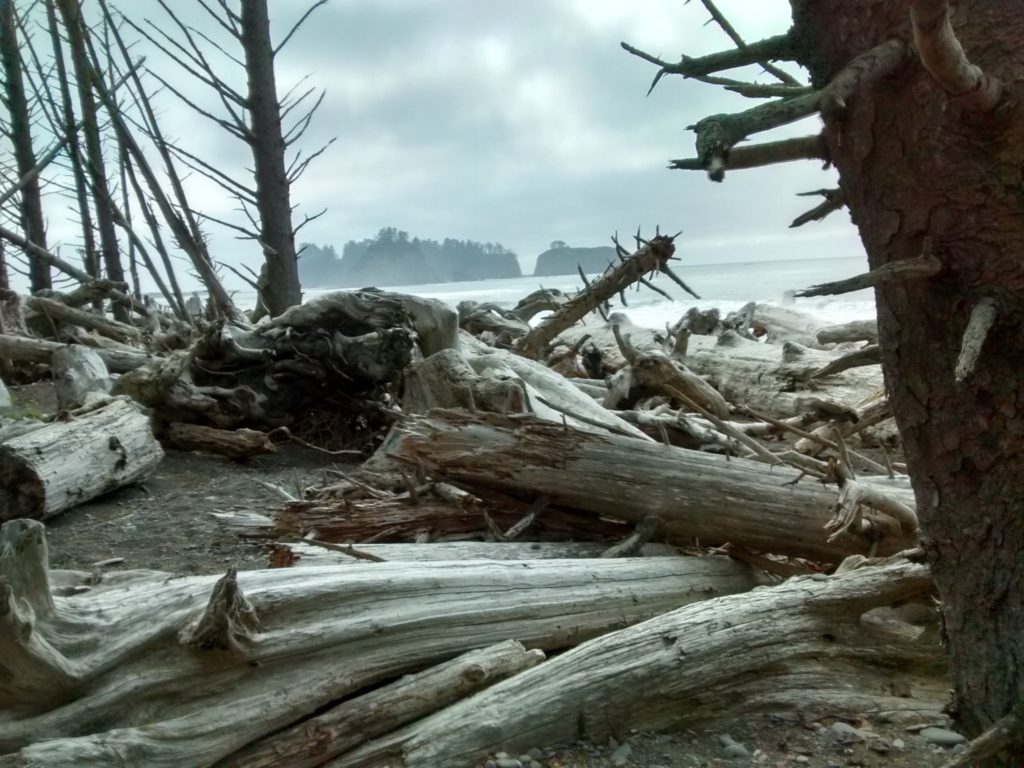
October 28, 2016
By Dorothy Rice Bennett
I wake up and it’s beautiful and sunny in Sequim. Seems like the perfect time for a day-trip somewhere. I check the weather on the Internet. Yes, it’s not only good here in the Blue Hole (as they say about Sequim) but all over the Olympic Peninsula. So, yes, it’s a good day to take off.
So many places we could go—Crescent Lake, Neah Bay, La Push, Hoh Rain Forest, Salt Creek Recreation Area, Rialto Beach. And others. What about Rialto Beach? Haven’t been there in a while. So Connie and I load up the car with a picnic basket, put the poodles in the back seat with their treats and leashes, gas up the car at the nearby QFC grocery, and we hit the 101 Highway headed west.
Picnic Time
An hour later we’ve passed through Port Angeles and have arrived at Lake Crescent. The 101 follows the southern edge of the lake for several miles, and we pull off near the Lake Crescent Lodge and take our picnic basket down by the waterside. At a picnic table, we sit and enjoy the view of this incredible lake while we have lunch and give treats to the dogs. And take a restroom break.
Back in the car, we pass the rest of Crescent Lake and head again west and then turn a bit south toward Forks, famous as the setting for the Twilight series of books and movies. Just before Forks, we turn right onto highway 110, which heads to La Push, home of the Quileute tribe of Native Americans. Here three rivers coming out of high Olympics merge and dump into the Pacific Ocean as the Quillayute River. Part of the way down the 110, there is a bridge across the river. You can stay on 110 and follow it into La Push, or if you cross to the north side of the river and follow Spur 110, you go to Rialto Beach.
There are many beaches along the Pacific in the state of Washington. Each has its own landscape and unique characteristics. Some of them are on Native American reservations; some are part of the Olympic National Park and Forest. Rialto Beach is officially located inside a coastal section of the national park.
Why Rialto Beach?
Rialto Beach faces the Pacific Ocean at an angle bringing strong winter storms and winds directly to the land. Like many beaches, there are numerous fallen tree trunks along the rock-strewn beach. But unlike many beaches, the trees have been bleached white. Even standing evergreen trunks along the landside of the beach are white. This extreme whiteness offers a touch of the ethereal to the human eye. When I first visited Rialto Beach, I said to my friends, “This looks like walking on the moon or a strange planet. It doesn’t look like Earth at all!”
Rialto Beach is blessed with several seastacks offshore as well as a rocky shoreline that provides numerous kinds and colors of polished rocks. At the south end of the beach, La Push is visible only a few hundred feet away, but separated by the mouth of the Quillayute River. It is an amazing fact of nature that one can be so close and yet not be able to reach that community. The parking area at Rialto Beach is reasonably large, with separate parking for RVs, and there are good public restrooms. If the weather is clement, there are also picnic tables available just back of the beach and within the first line of trees. Since this is the Pacific Ocean, it is wise to dress in layers.
Rialto Beach provides a visual feast. The hundreds of white tree trunks seem to go on forever. Great for climbing, great for photographs. I’ve included one here taken about three years ago, when my longtime friend Myrna Oliver came from Los Angeles to visit. Myrna is dressed in black; I am in red. Notice how white the tree trunk is behind us.
During my last visit, the weather changed from foggy to cloudy to partly sunny within a few moments of time. Our pictures changed in feel with each change in the weather.
From Sequim to Rialto Beach is a trip of about two hours each way, or about eighty-five miles each way. If you allow an hour at the beach to explore, you have a trip that can return you home by dinnertime. Or you can stop in Forks to eat before heading back—or in Port Angeles, on the way home.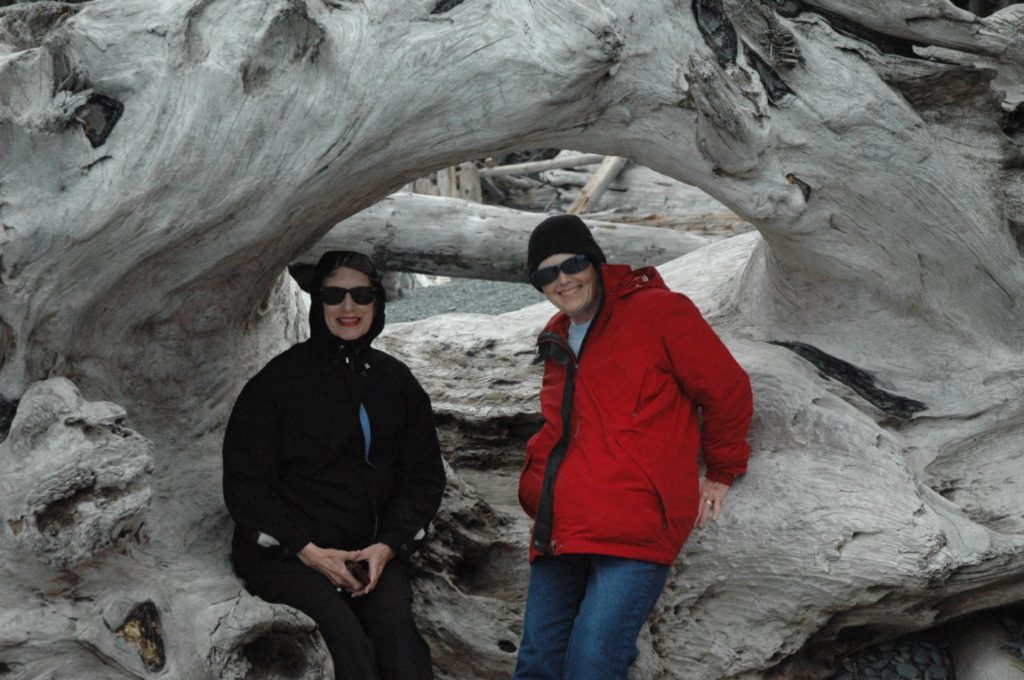

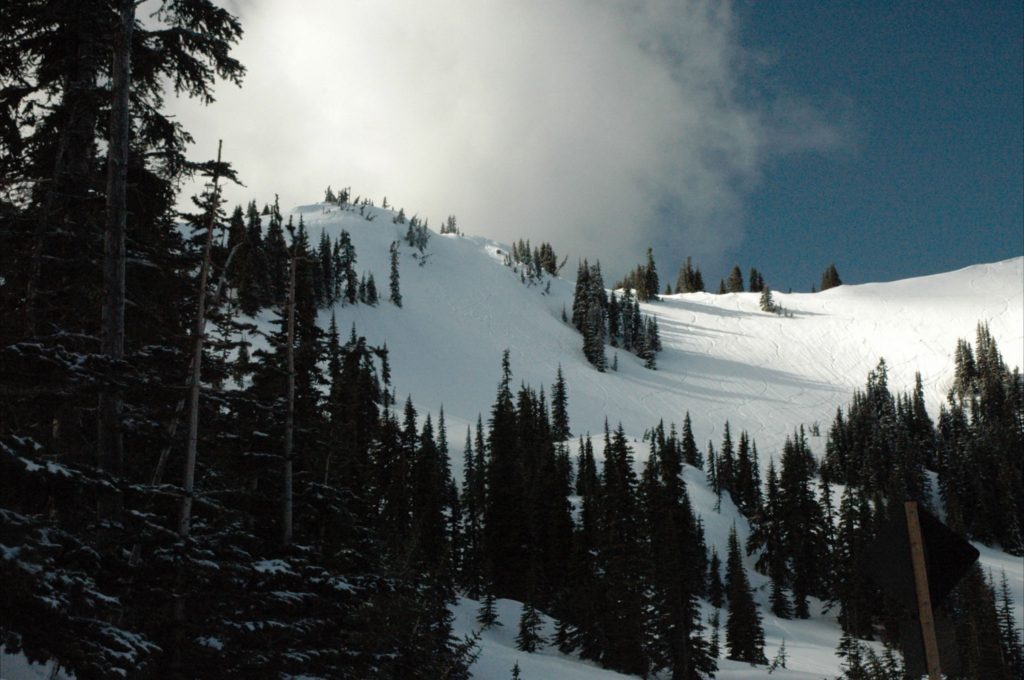 October 12, 2016
October 12, 2016